Mohammad Azharuddin, conceived on February 8, 1963, was one of the best batsmen to have played for India. He represented India in 99 Tests and 334 One-Day Internationals (ODIs) before the match-settling embarrassment unexpectedly finished his profession. Azharuddin stays a standout amongst the most appealing batsmen the world has seen given his affinity of playing wristy strokes.
1. Three tons in initial three Tests
The prosaism of somebody reporting oneself with a blast is oft abused, yet it fits superbly for Azharuddin. He remains the main batsman to hit a century in each of the initial three Tests of his vocation. In 1984-85, he began off with 110 against England at Kolkata, lined that up with 105 at Chennai and 122 at Kanpur.
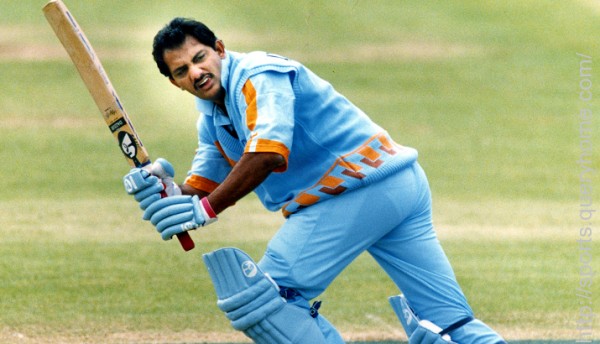
2. Fastest ODI hundred
At the point when Azharuddin crushed a century off 62 balls in a One-Day International (ODI) against New Zealand in 1988, he turned into the speediest centurion in the arrangement. His 108 not out off 65 balls took India to triumph in a run-pursue of 279.
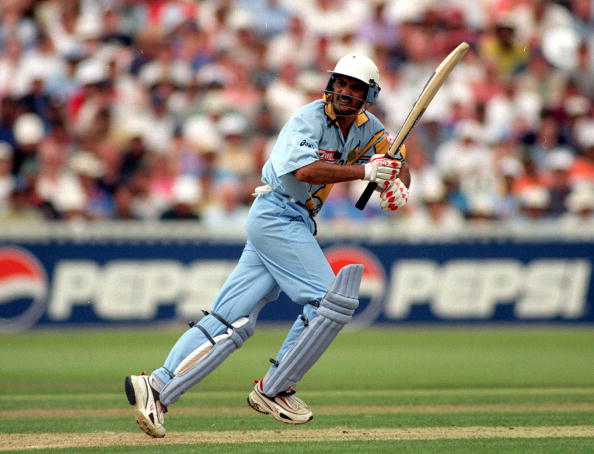
3. Relationship with Eden Gardens
Azharuddin has an awesome record at the Eden Gardens beginning from his 110 on Test make a big appearance in 1984-85. Taking all things together, he played seven Tests at the setting, scoring 860 keeps running at a normal of 107.50, with five tons and two fifties. He neglected to get a fifty or more score in just a single Test.
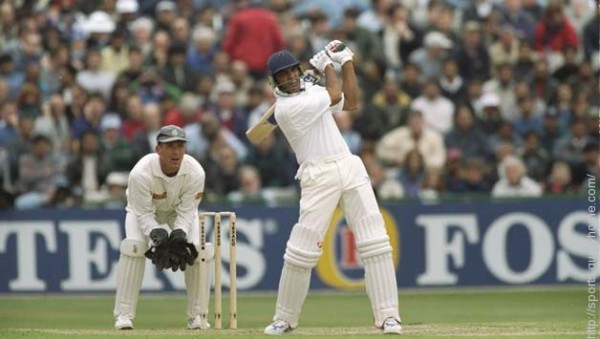
4. Driving India in three World Cups
Azharuddin is the main Indian commander to have driven the side in three World Cups. He captained India in 1992, 1996 and 1999. Kapil Dev and Srinivas Venkataraghavan drove India in two versions. MS Dhoni is presently set to commander India in his second.

5. Best Indian captain until Sourav Ganguly and MS Dhoni
Azharuddin drove India in 47 Tests and won 14 of them, which was a record for India until Sourav Ganguly went ahead to win 21 off his 49. In ODIs, Azharuddin was the best Indian chief with 90 triumphs in 174 matches. MS Dhoni has since surpassed him.
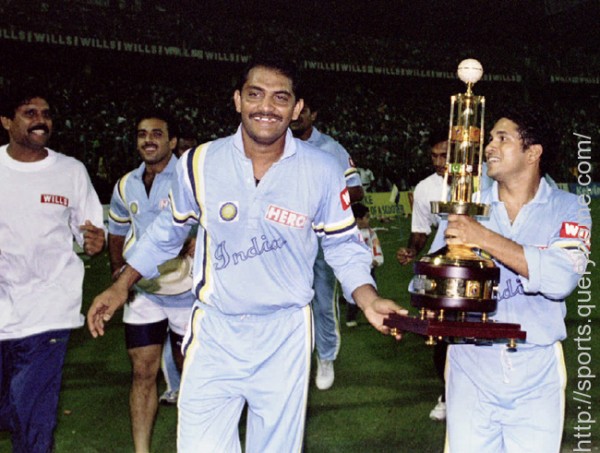
6. Most productive defender in ODIs
Azharuddin was the most productive defender in ODIs with 156 gets in 334 matches. He held the record for a long time until Mahela Jayawardene and Ricky Ponting overwhelmed him.
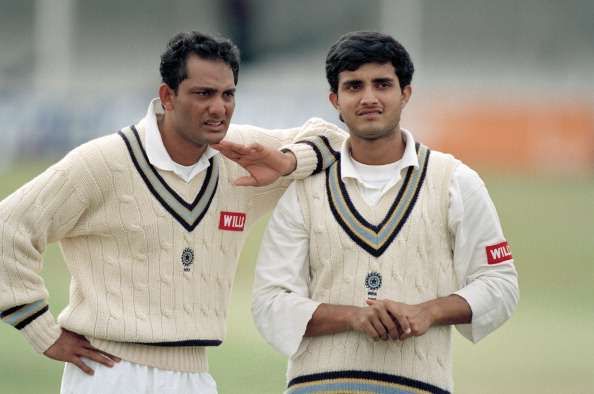
7. Century in his first Test and last Test
Azharuddin is one of only a handful few batsmen to have begun and finished their professions with a century in Test cricket. As expressed before, Azharuddin began his profession with 110 against England at Kolkata. In his 99th and last Test against South Africa in Bangalore in 2000, he scored his 22nd ton. He hit 102 in the second innings.
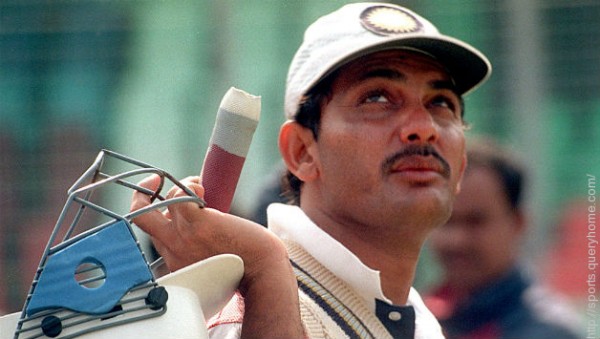
8. Celebrity connection
Azharuddin was hitched to Naureen, yet then got married with celebrated Bollywood on-screen character Sangeeta Bijlani. The second marriage additionally finished in the stones.
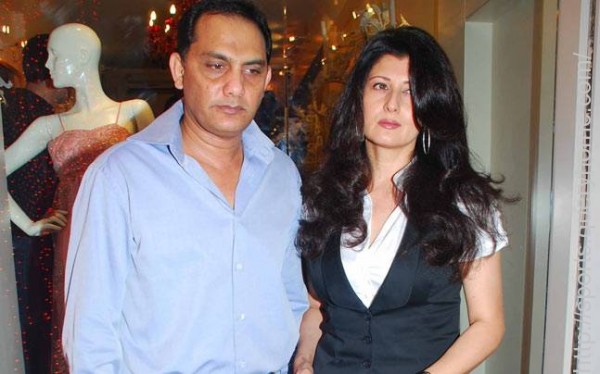
9. Sons playing cricket
Azharuddin's senior child, Mohammad Asaduddin has played age aggregate cricket for Hyderabad. He is as of now a part of the Uttar Pradesh setup. His more youthful child, Mohammad Ayazuddin was a promising cricketer yet tragically passed away in a sad street mischance in 2011.

10. Member of Parliament
Azharuddin took a raid into legislative issues paving the way to the 2009 General Elections. He joined the Congress Party and was chosen from Moradabad, Uttar Pradesh. Nonetheless, in 2014, he didn't figure out how to win a seat in the Lok Sabha.
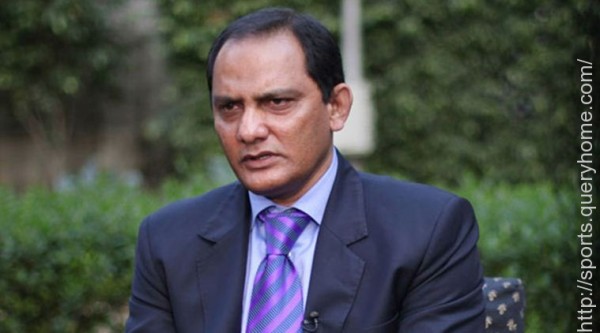
11. Match-fixing allegations
Azharuddin was banned for life in 2000 for his charged part in match-settling. In any case, in 2006, the Board of Control for Cricket in India (BCCI) denied the boycott. In 2012, the Andhra Pradesh High Court additionally vindicated Azharuddin by saying that the boycott forced on him was untenable. Promote in the year 2015, it came into news that there is a film going to be made on his life which will concentrate on his life furthermore coordinate settling assertions. His part will played by Emraan Hashmi and the motion picture is set to discharge on May 13, 2016.



